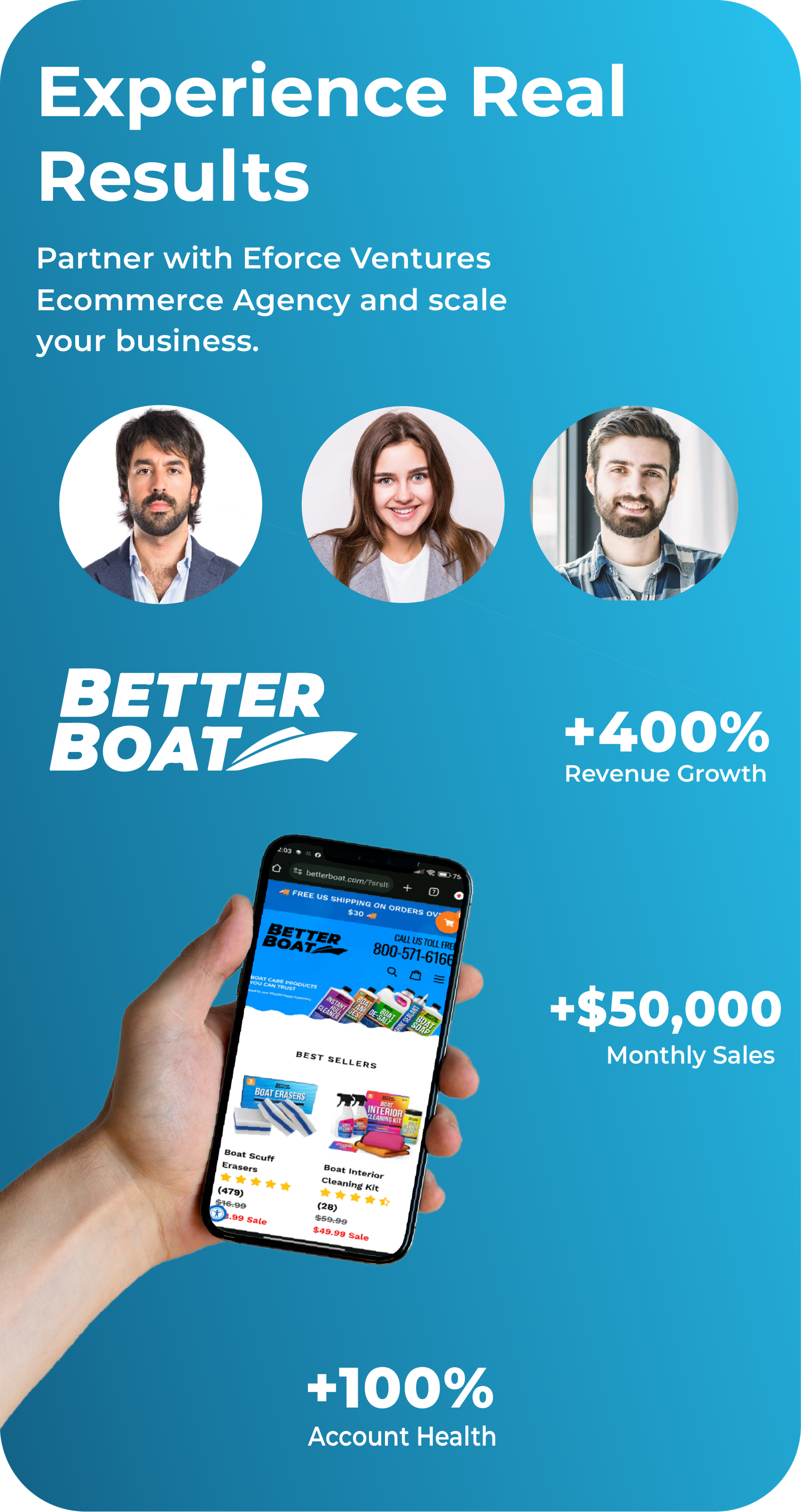Amazon Private Label: How to Start and Grow Your Own Brand
Launching a private label brand on Amazon is a lucrative and empowering opportunity for entrepreneurs. By leveraging Amazon’s vast customer base, logistics infrastructure, and marketing tools, you can create a brand that stands out and thrives in the competitive e-commerce landscape. Whether you’re a newcomer or an experienced seller, this comprehensive guide will take you through the process of starting and scaling your private label brand on Amazon.

What is Amazon Private Label?
Amazon Private Label involves sourcing products from manufacturers, customizing them with your branding, and selling them on Amazon under your own brand name. Instead of acting as a reseller of established brands, you have full control over product design, marketing, and pricing. This model allows you to build a loyal customer base and secure higher profit margins.
The Benefits of Amazon Private Label
- Brand Ownership: Full control over branding and customer experience.
- Higher Margins: Avoid reseller fees and capture more profits.
- Scalability: Expand your product line easily under one brand umbrella.
- Enhanced Customer Loyalty: Build a loyal following for your brand instead of promoting another company’s products.
- Amazon Tools: Access powerful tools like Brand Registry and A+ Content.
How to Start Your Amazon Private Label Business

Step 1: Research a Profitable Niche
The foundation of any successful private label business is finding a niche with strong demand and manageable competition.
- Use Data-Driven Tools: Tools like Jungle Scout, Helium 10, and AMZScout can help you identify trending products, estimate sales, and analyze competitors.
- Look for Evergreen Products: Choose items that are not heavily seasonal to ensure steady sales year-round.
- Focus on Improvement: Read reviews of existing products to identify gaps in the market and improve upon them.
Step 2: Find a Reliable Supplier
Once you’ve selected a product, the next step is finding a supplier who can produce it to your specifications.
- Sourcing Platforms: Alibaba, Global Sources, and ThomasNet are popular options.
- Request Samples: Always request samples to evaluate product quality before committing to bulk orders.
- Negotiate Terms: Discuss pricing, production time, minimum order quantities (MOQs), and quality control standards.
Step 3: Create Your Brand Identity
Branding is what sets your product apart from competitors.
- Design a Logo: Your logo should reflect the product’s purpose and target audience.
- Develop Packaging: High-quality, appealing packaging adds perceived value to your product.
- Choose a Memorable Name: A strong brand name is easy to remember, pronounce, and spell.
Step 4: Optimize Your Amazon Listing

Your Amazon product listing is the key to driving sales. Focus on the following elements:
- Title: Include primary keywords naturally.
- Images: Use high-resolution images showcasing the product’s features and benefits.
- Bullet Points: Highlight the unique selling points in concise, benefit-driven language.
- Product Description: Utilize A+ Content (if enrolled in Brand Registry) for a professional and visually appealing layout.
- Keywords: Conduct keyword research using tools like Helium 10 or Amazon’s own search bar suggestions.
How to Scale Your Private Label Brand

1. Leverage Amazon PPC
Amazon’s Pay-Per-Click (PPC) advertising can significantly increase your product’s visibility. Start with automatic campaigns to gather data, then shift to manual campaigns targeting high-performing keywords.
2. Expand Your Product Line
Introduce complementary products to your brand. For example, if you start with a yoga mat, consider adding yoga blocks or water bottles.
3. Enroll in Amazon Brand Registry
By registering your brand, you unlock tools like:
- A+ Content: Enhanced product descriptions with images and videos.
- Sponsored Brands Ads: Promote your brand at the top of search results.
- Counterfeit Protection: Safeguard your brand from unauthorized sellers.
4. Build Off-Amazon Traffic
Drive traffic to your Amazon listings using social media, email marketing, and influencer partnerships. Platforms like Instagram, Facebook, and TikTok are great for building brand awareness.
5. Monitor Metrics and Reviews
Regularly review your product’s performance, customer feedback, and sales trends. Tools like Amazon Seller Central provide detailed insights to help you optimize.

Common Challenges and How to Overcome Them
1. Navigating Competition
Amazon is a competitive marketplace, but you can stand out by:
- Offering superior quality.
- Enhancing your product’s functionality or design.
- Providing excellent customer service.
2. Managing Inventory
Stockouts can hurt your rankings and customer satisfaction. Use inventory management tools to forecast demand and avoid overstocking or understocking.
3. Handling Negative Feedback
Negative reviews can impact sales. Address customer concerns promptly and use feedback to improve your products.
4. Maintaining Profit Margins
Track all costs, including manufacturing, shipping, Amazon fees, and advertising. Adjust pricing or find ways to reduce production costs to maintain profitability.
Conclusion
Amazon Private Label offers a pathway to building a sustainable, profitable e-commerce business. By carefully researching your niche, creating a strong brand, and leveraging Amazon’s tools, you can establish a thriving business. With persistence and smart scaling strategies, your private label brand can become a leader in its category.
Ready to launch your private label brand? Start today by identifying your niche and building your roadmap to success!







